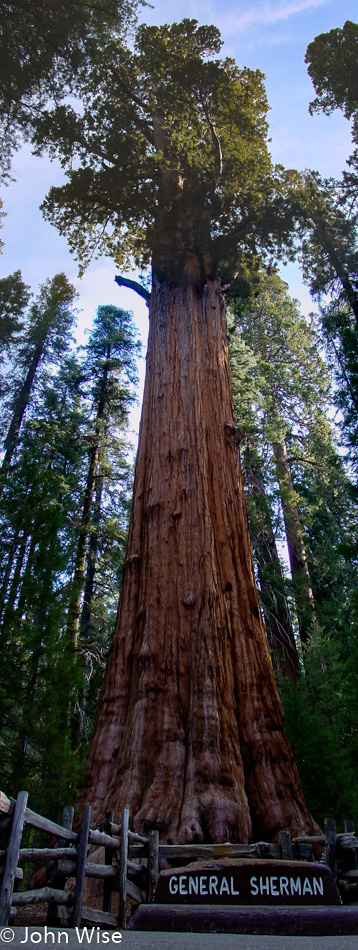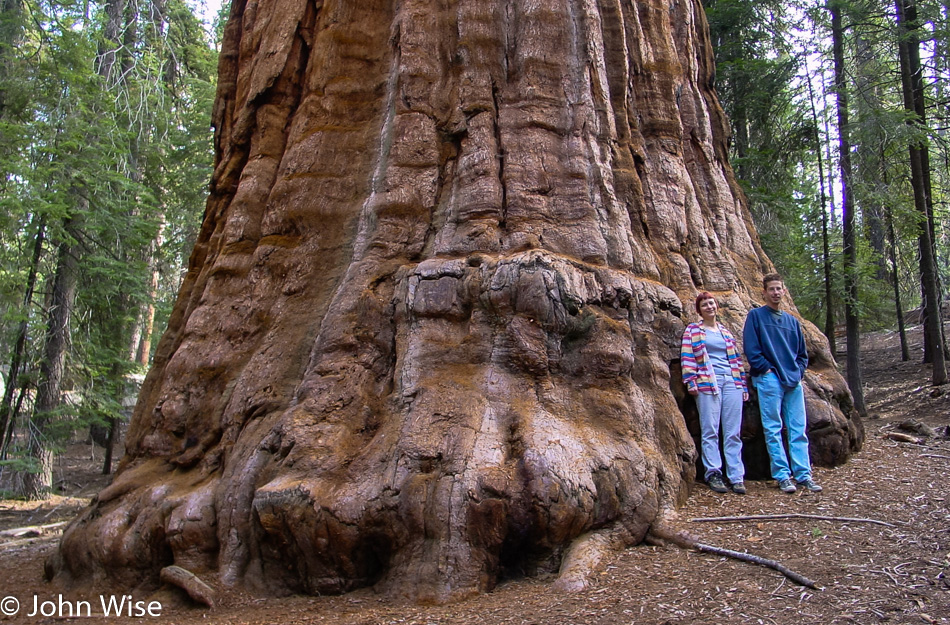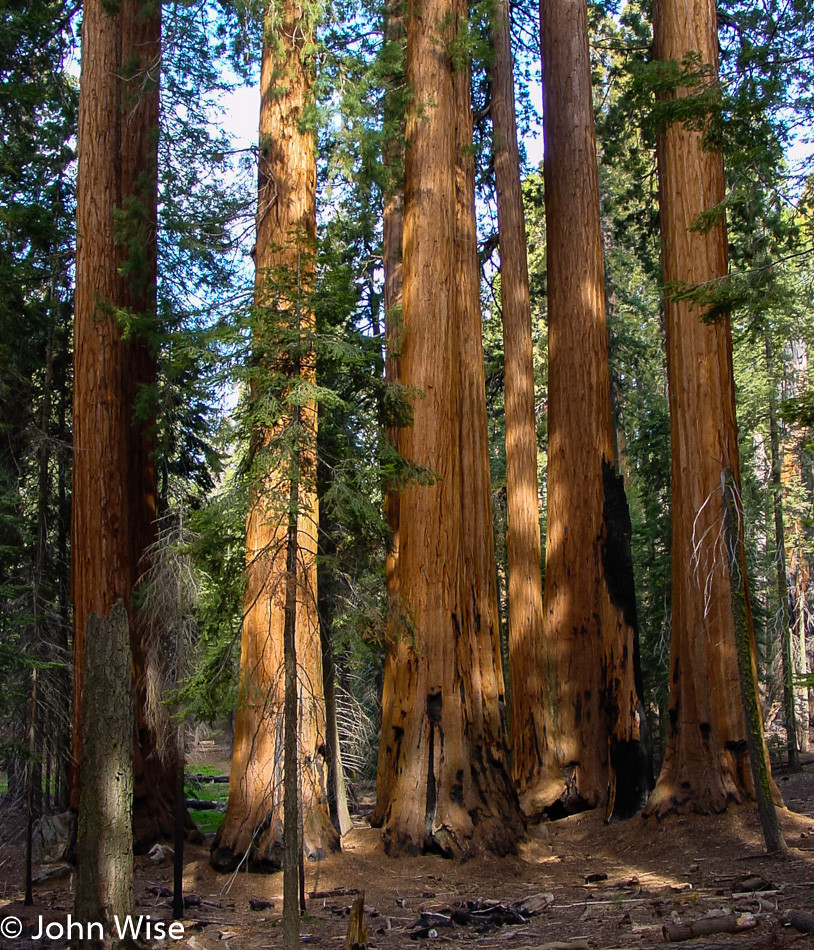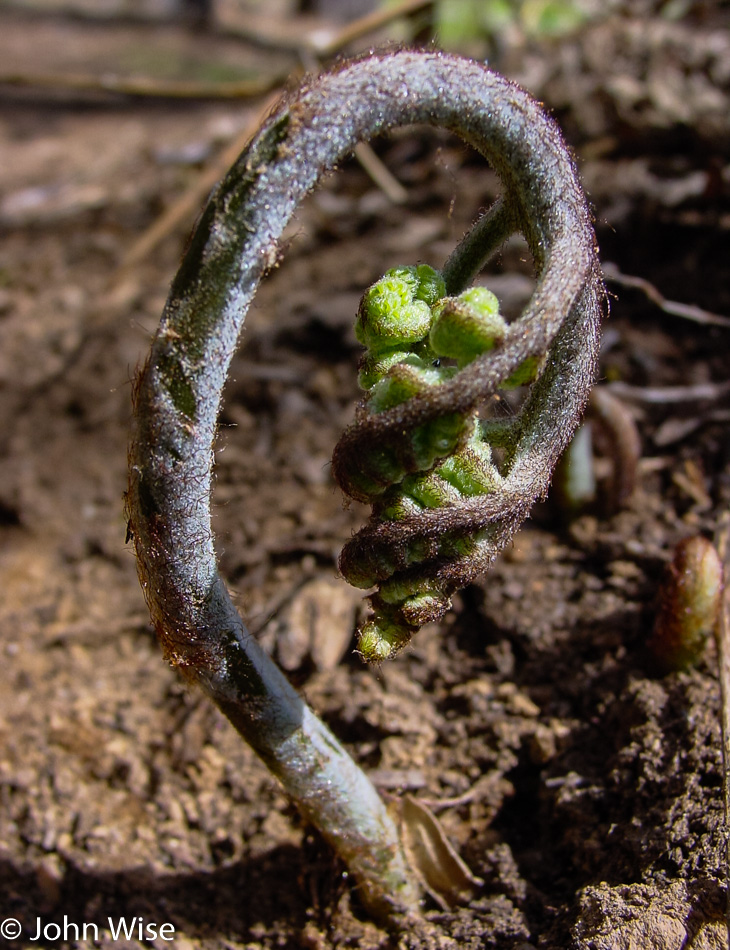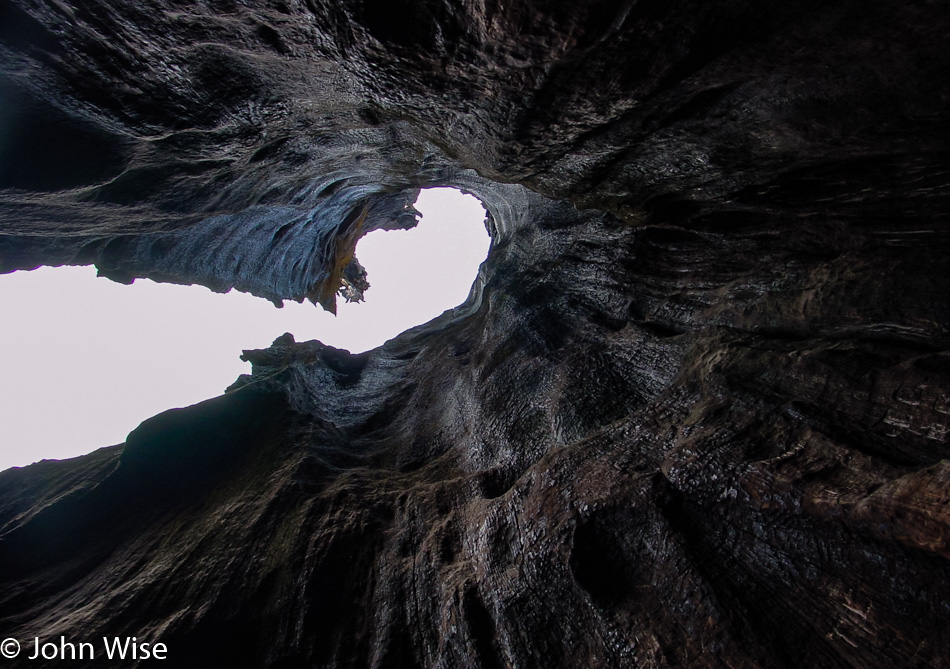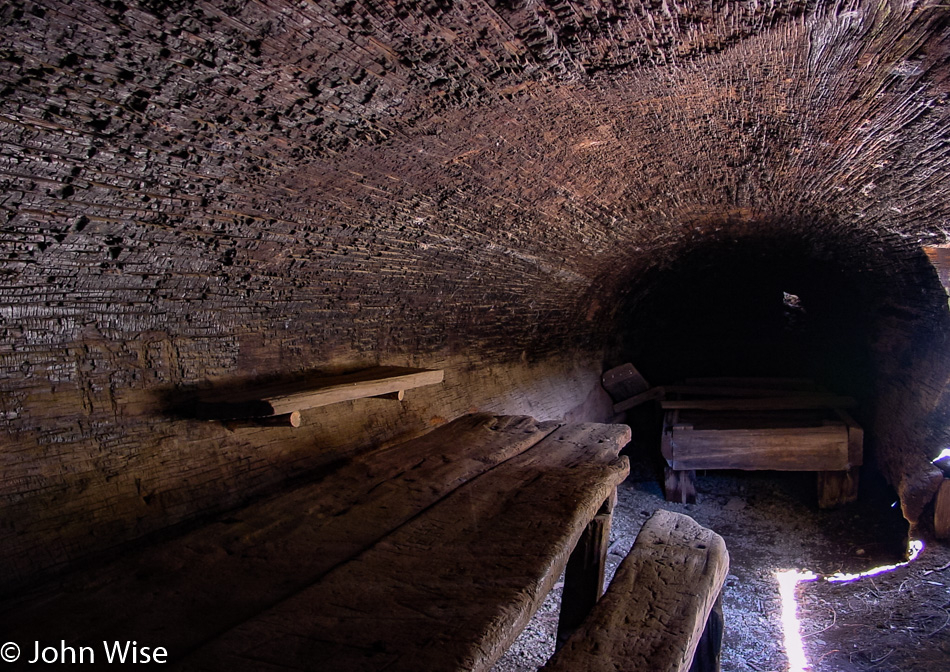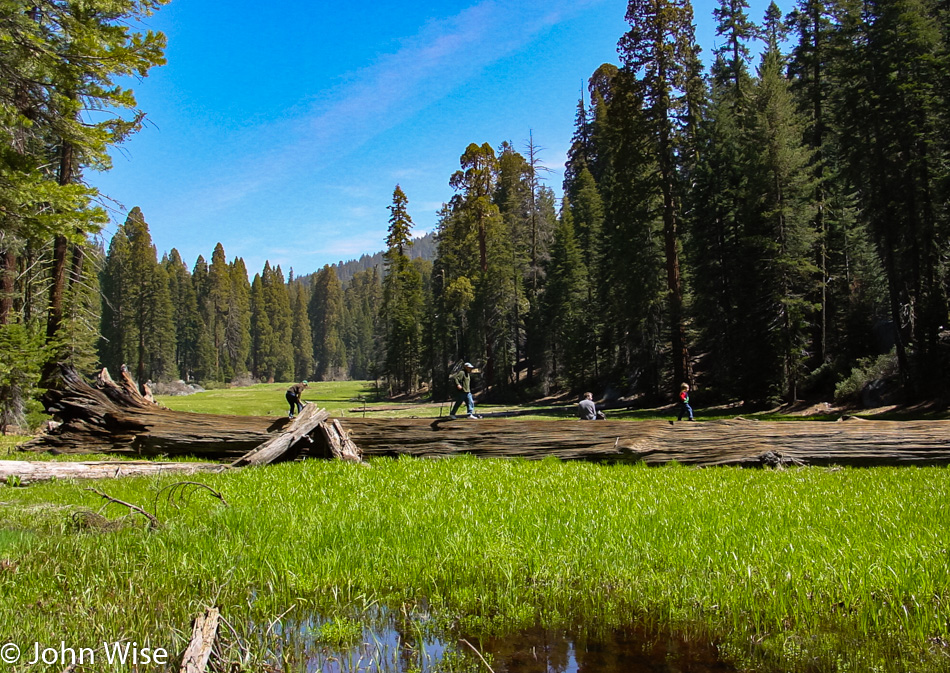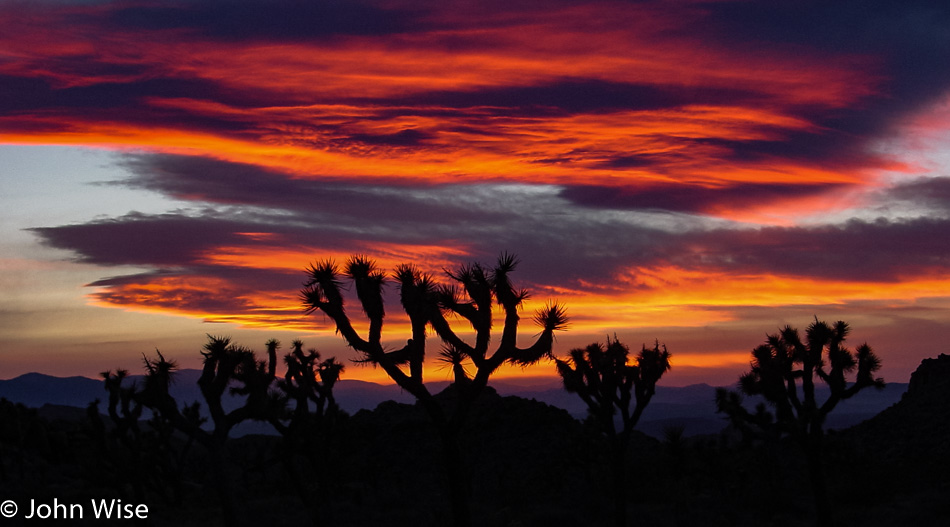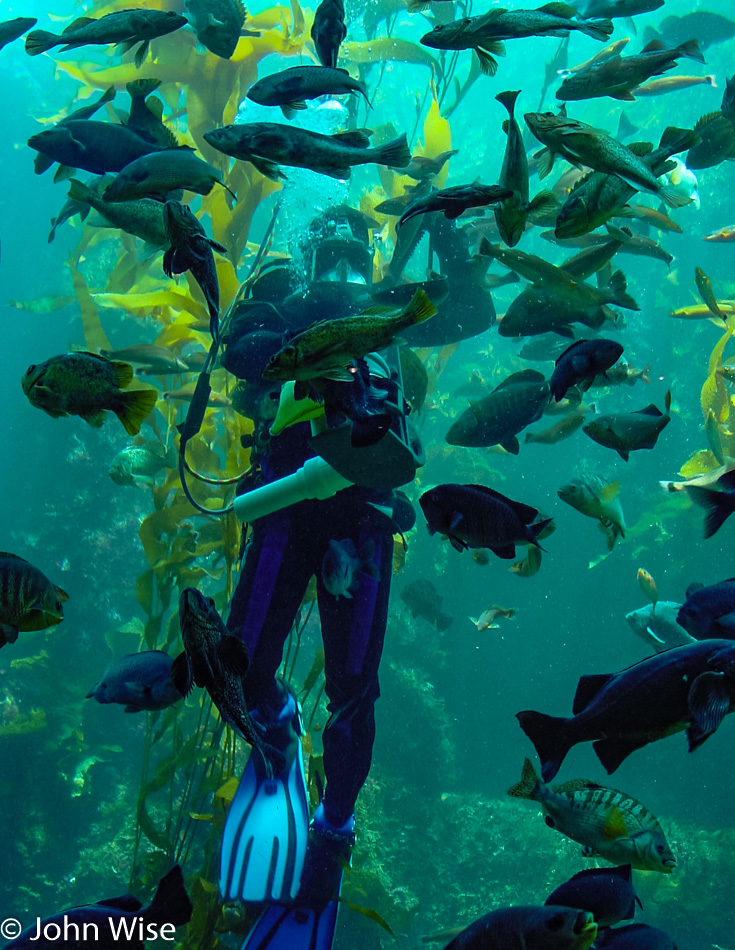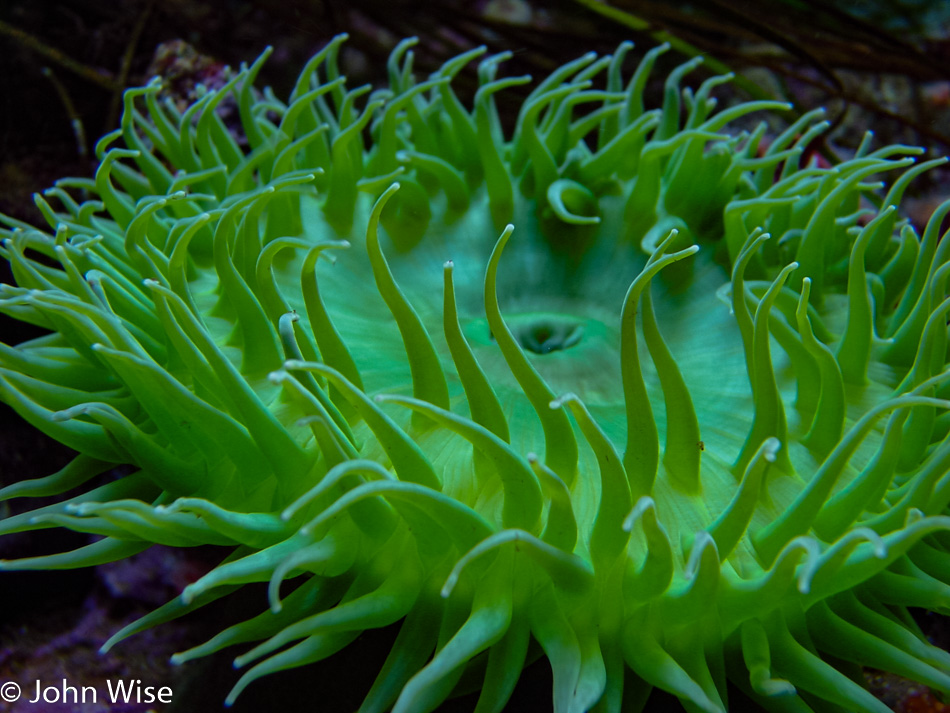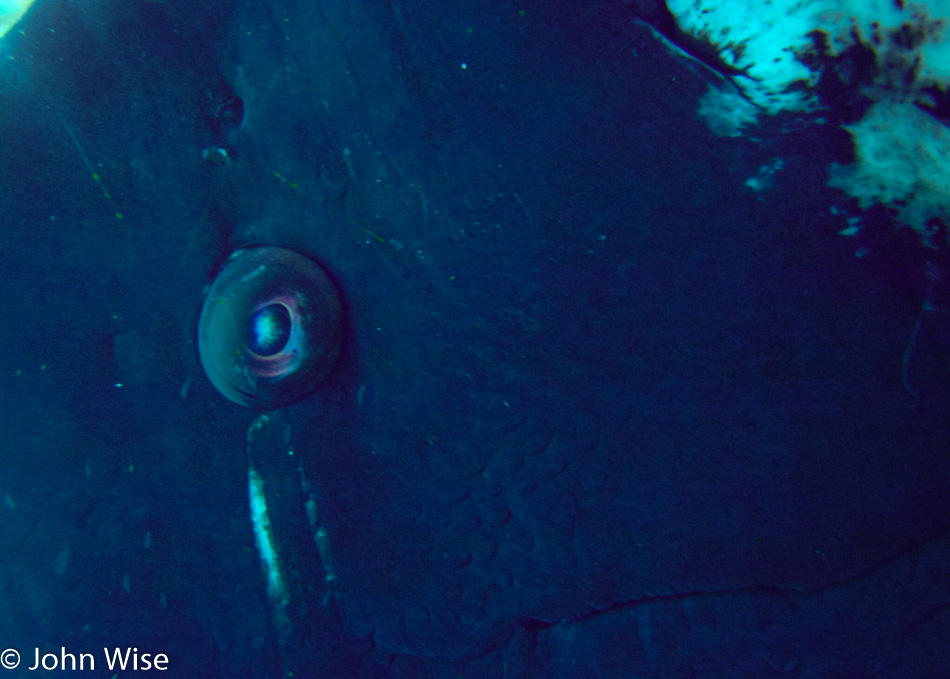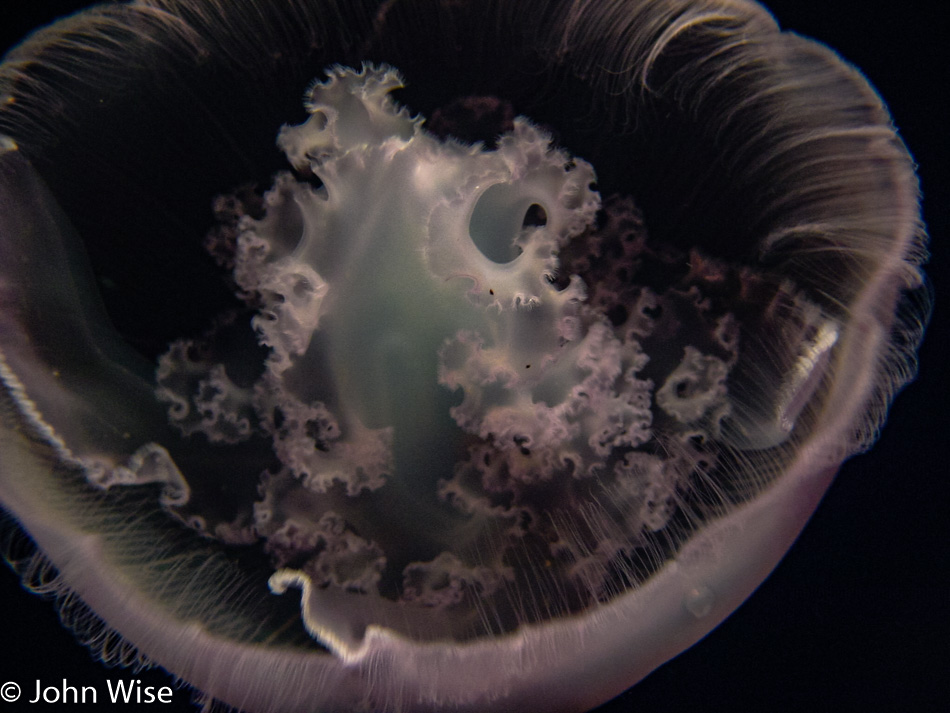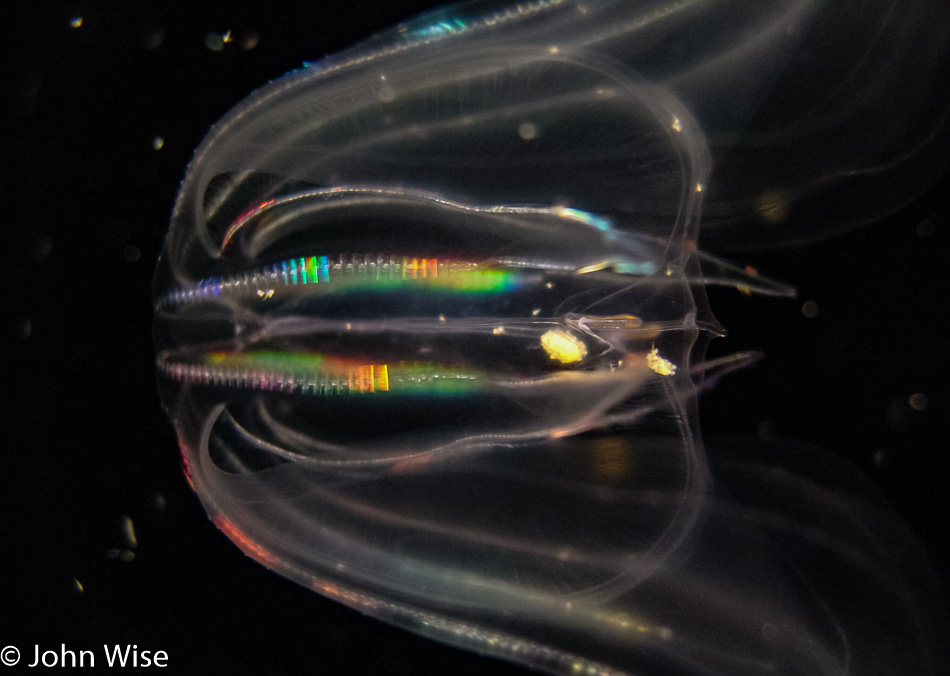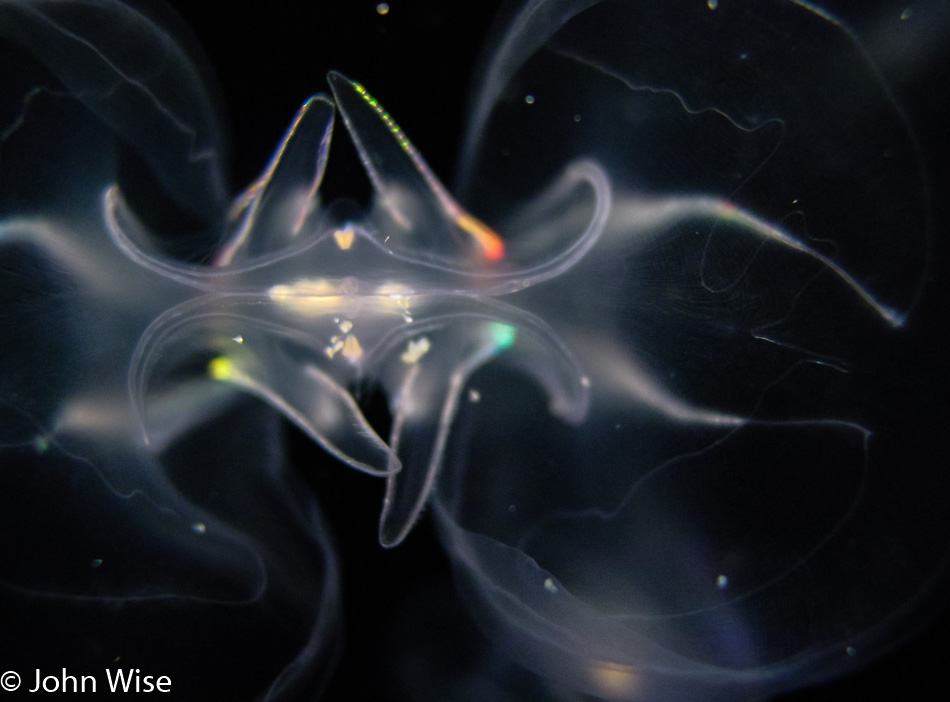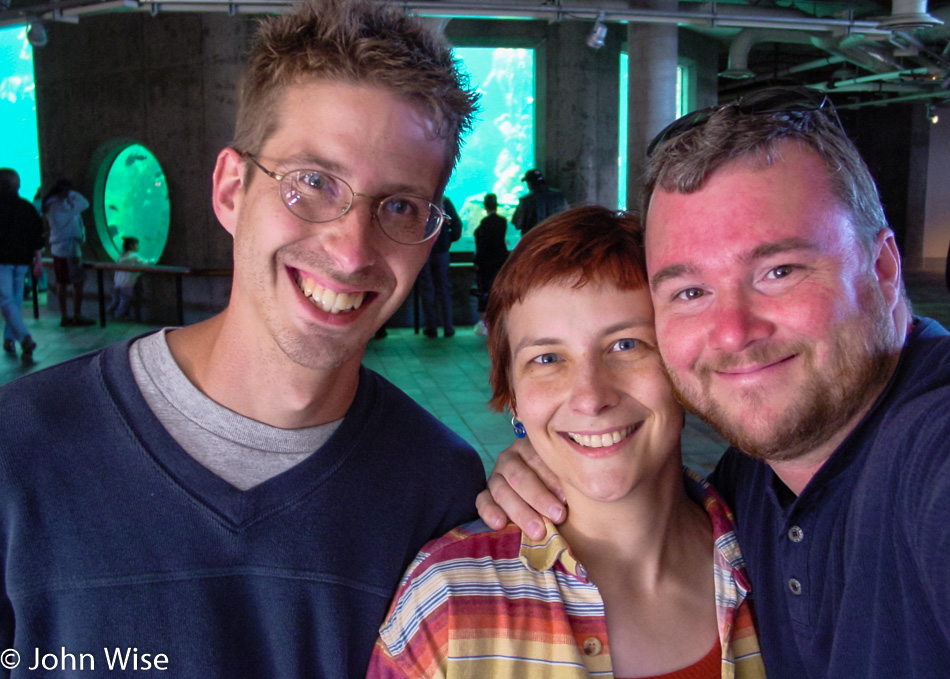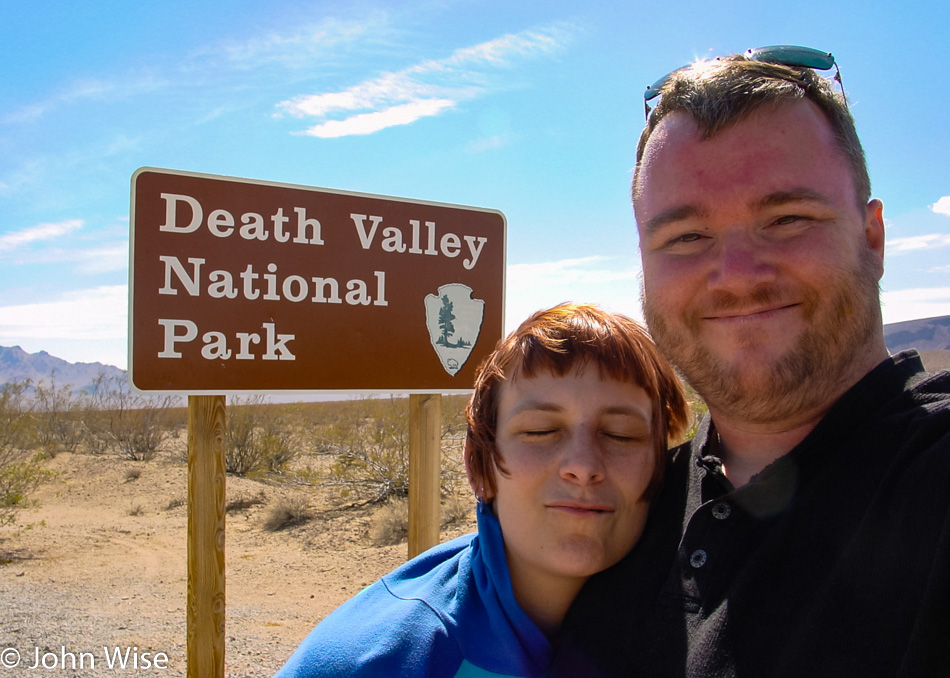
I have no idea what Caroline was doing or thinking as I was taking this selfie of us visiting Death Valley National Park but this is one of the cuter photos of her in my book. It seemed like a good weekend to dip our toe into the hottest National Park in America, and so here we are on June 1st and thinking, “Well, maybe January would have been cooler?”
The way things started, though, was different, and while maybe we should have left Friday night, it was 7:00 a.m. this morning and as good a time as any to head west. We were only going to Los Angeles when we’d left, but then, in Quartzsite, I had the bright idea we should deviate from that plan and go to Death Valley. So here we are.
On our way, we drove up the 95, which parallels the Colorado River, for a while before entering the deep desert. In Needles, we merge onto Interstate 40 for a short while until we reach Kelbaker Road, going north through the Mojave Preserve. In the small town of Baker, we have one of those moments where you slap your head and ask, “What the hell is this?” The thing that triggered it was a sign saying, “Welcome to Bun Boy Territory.” Too bad it’s not late enough to check in otherwise, it would be party night at the Bun Boy Restaurant and Motel!

Bare naked rocks look like a geological marvel while just sitting here, having all the life baked out of them in the driest place of all North America.
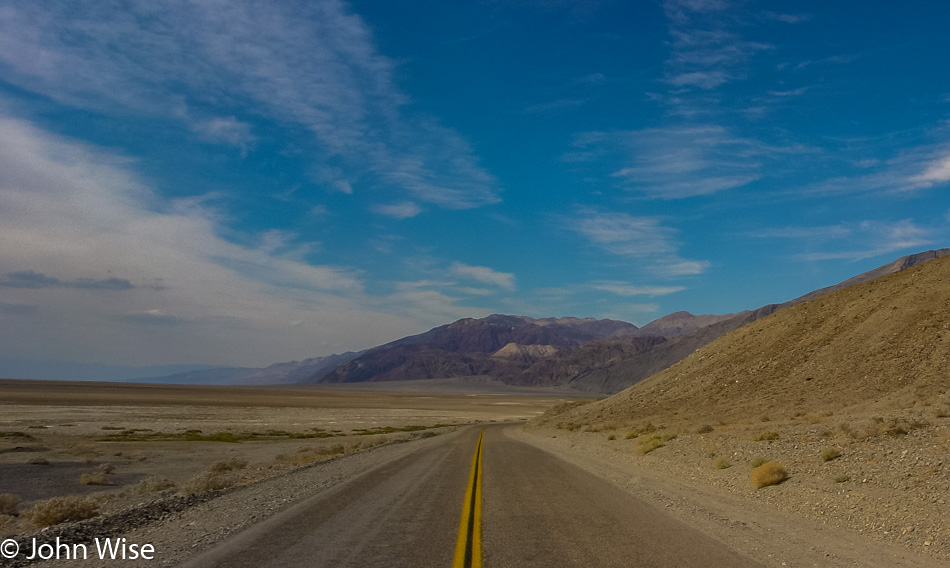
Where are the other visitors? It’s summer vacation, and we seem to be the only ones here.
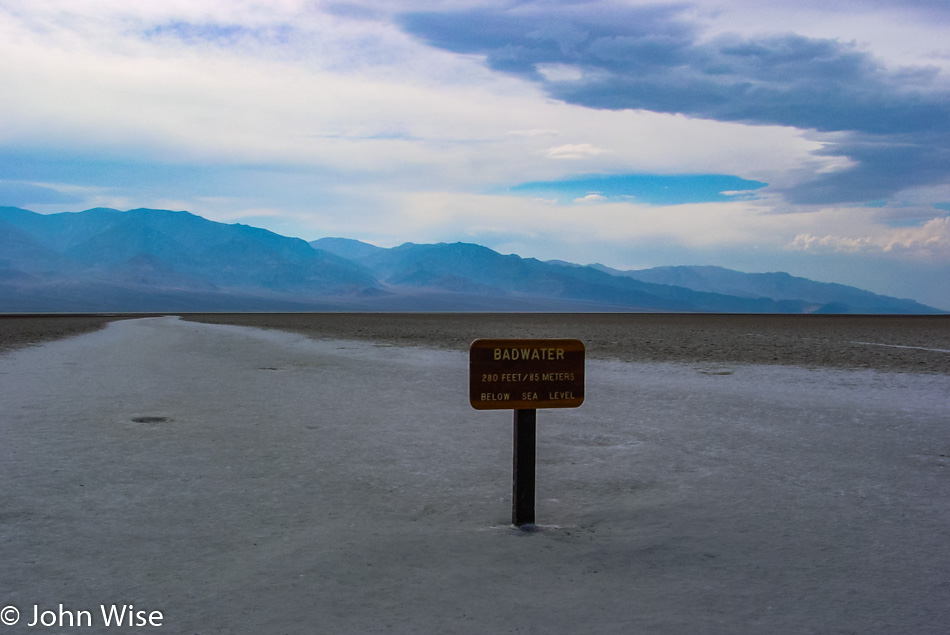
We can’t even find something cold to drink; all there is here is this Badwater and salt. Getting serious, I have to say, “Wow!” to being here 282 feet below sea level while it’s 118 degrees (48 c). This place is as exotic and intriguing as anything we might see in Yellowstone, just a lot dryer and, at times, nearly as stinky.
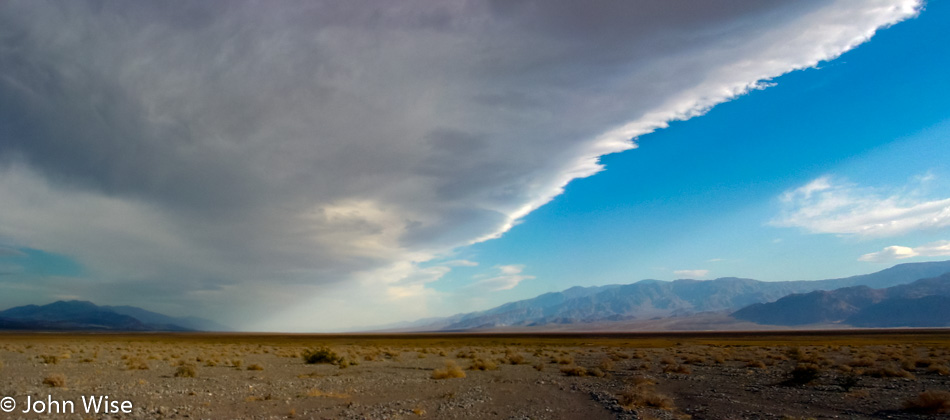
I wonder how many people and desert-dwelling creatures have looked up and seen clouds forming overhead and were hoping for a respite in the form of a light shower, only to witness the clouds burn off or drift over the horizon.
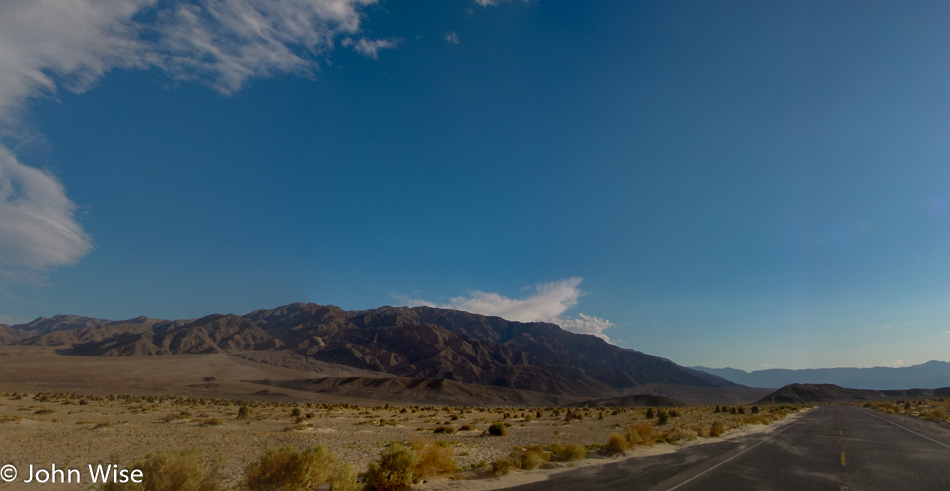
We entered from the southeast and headed to the exit in the northwest as we were trying to get a general feel for what Death Valley is like. Should this ever be our only visit to this National Park, at least we’ll have some impressions.
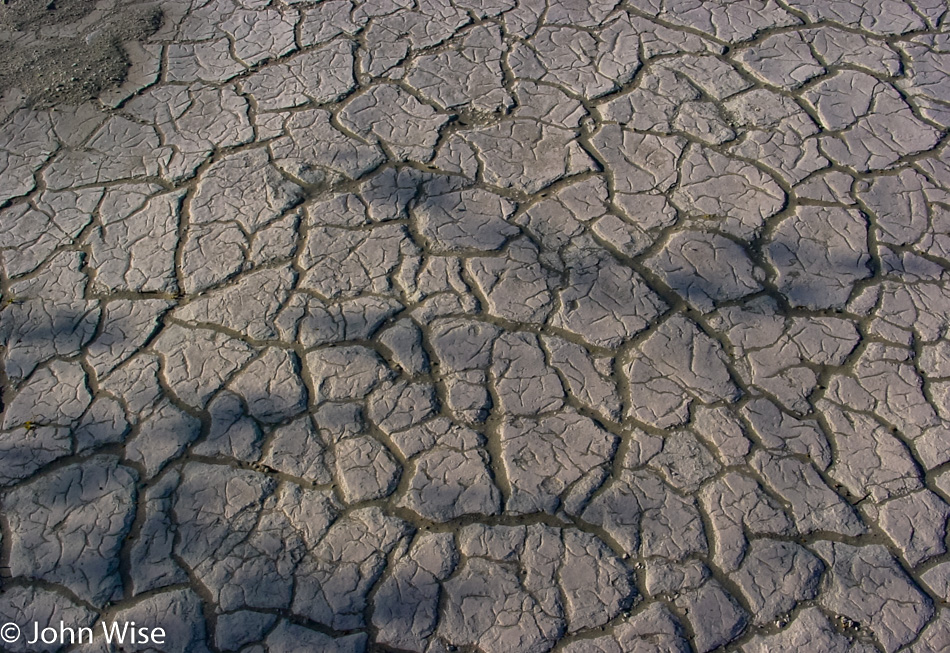
Boiling hot temperatures, bad water, baked mountains, bleached salt, stark skies, and now cracked earth where water once was. All the iconic stuff coming together to make this a true albeit brief Death Valley experience.
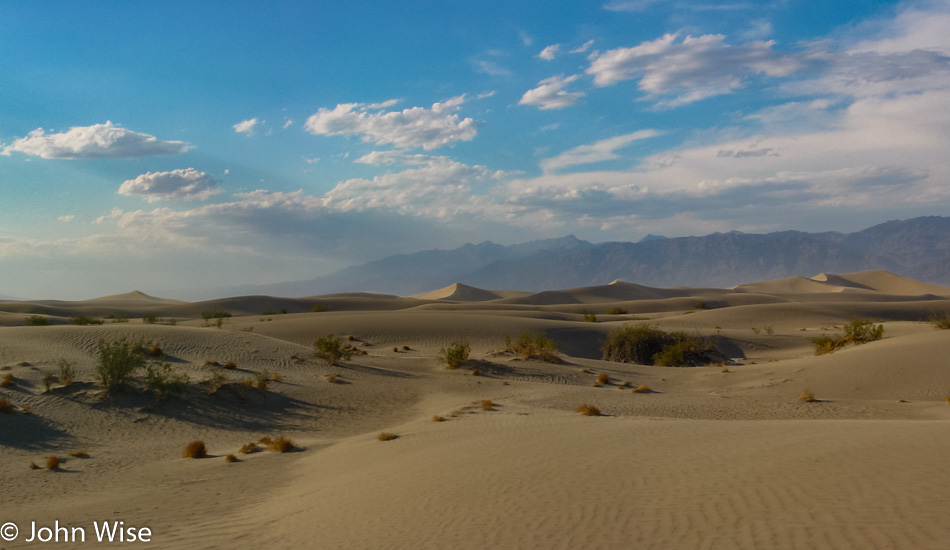
Wow, and now we even get sand dunes. Just past here, we will turn left onto Emigrant Canyon Road before turning right on Wildrose Road as we head for the exit. We had stopped at the visitor center to inquire about relatively accessible scenic roads we could also visit in the park, and the ranger told us about a back road that is well maintained so that we could travel it, and that’s what we’re going to do.
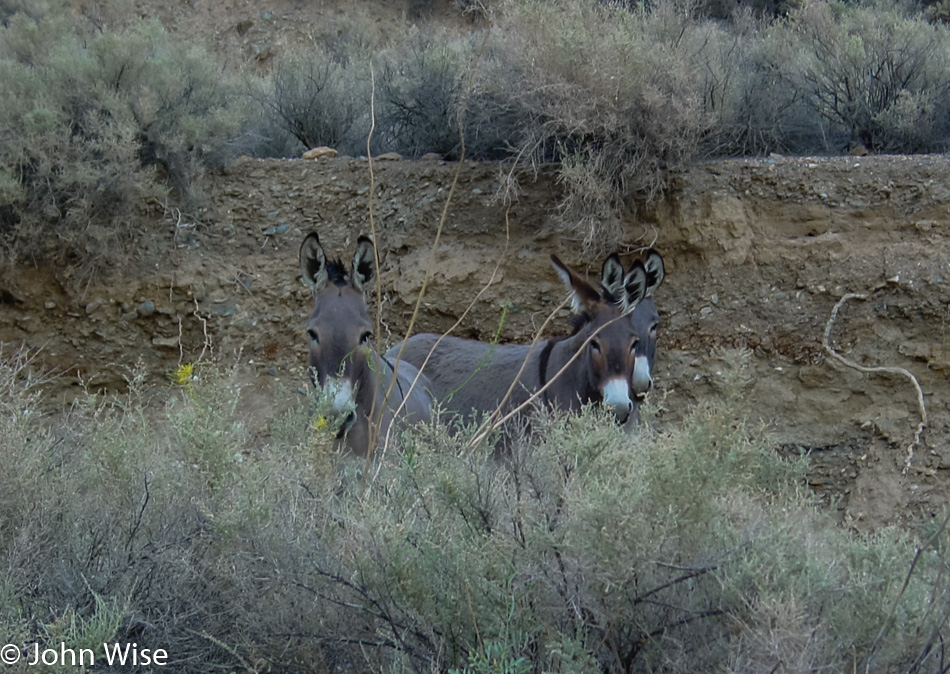
What the ranger didn’t tell us about were the donkey thugs trying to hide out and blend in as we drove by down this old dusty road. While they tried to look intimidating, threatening even, we knew that while they had guns, with those hooves, they’d never be able to pull the trigger. I yelled at them to go home and get domesticated, which apparently infuriated these asses, and they clambered for their weapons.
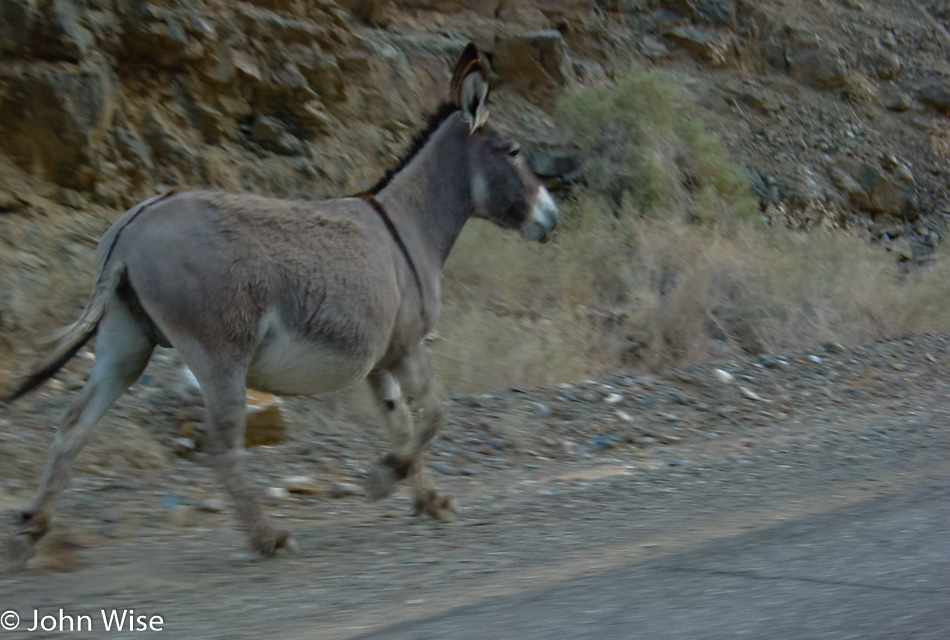
While they were distracted trying to show us how tough they were, we sped away. Just then, Becky bolted out of a nearby ravine, braying for us to save her from a life of servitude in the hostile confines of not just Death Valley but the uncultured brutes that were holding her prisoner. Caroline, without skipping a beat, jumped into the back seat and threw open the door and then just as quickly was back up front as Becky leaped into the car, and I raced out of the park. The last we saw her, she was frolicking off to the North Haiwee Reservoir near the Coco Range Wilderness Area, looking relieved and free to pursue her dreams. Becky will always be in our hearts as the only donkey ever brave enough to leave her burden behind and have the strength to choose her own path.
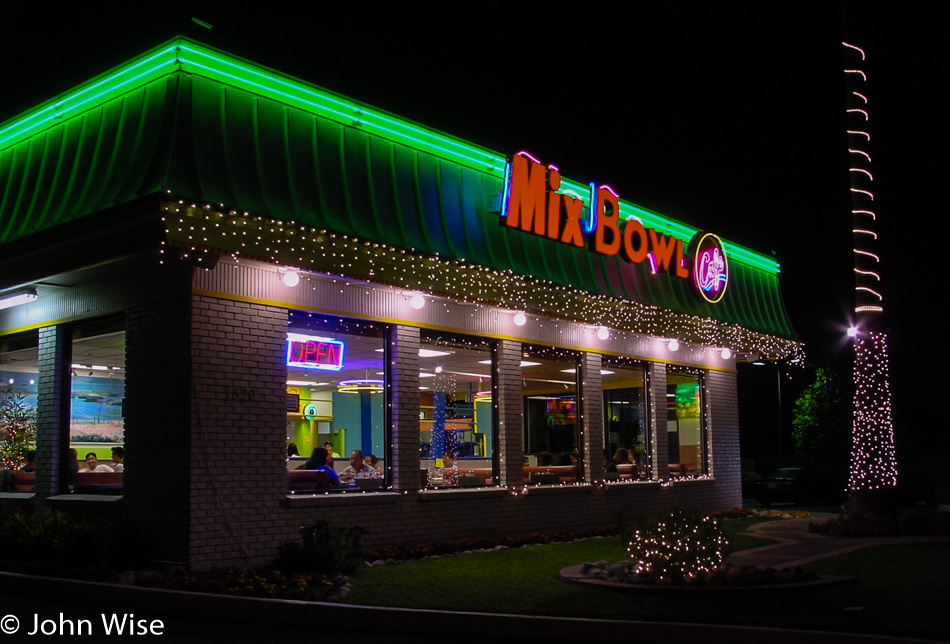
What a busy day with a lot of miles driven. Lucky us Mix Bowl Cafe in Pomona is open late. This is our favorite little Thai joint in the L.A. area. Koo-chai and a shared plate of pad kee mow at 10:30 will always hit the spot. Over at California Inn, they still had a room for us, but to our horror, the rooms were being remodeled, and our satanic floor tile in the bathroom was gone. Oh, the sadness and tragedy brought to an otherwise perfect day. In another post, I’ll share the tile and what I’m referring to.
